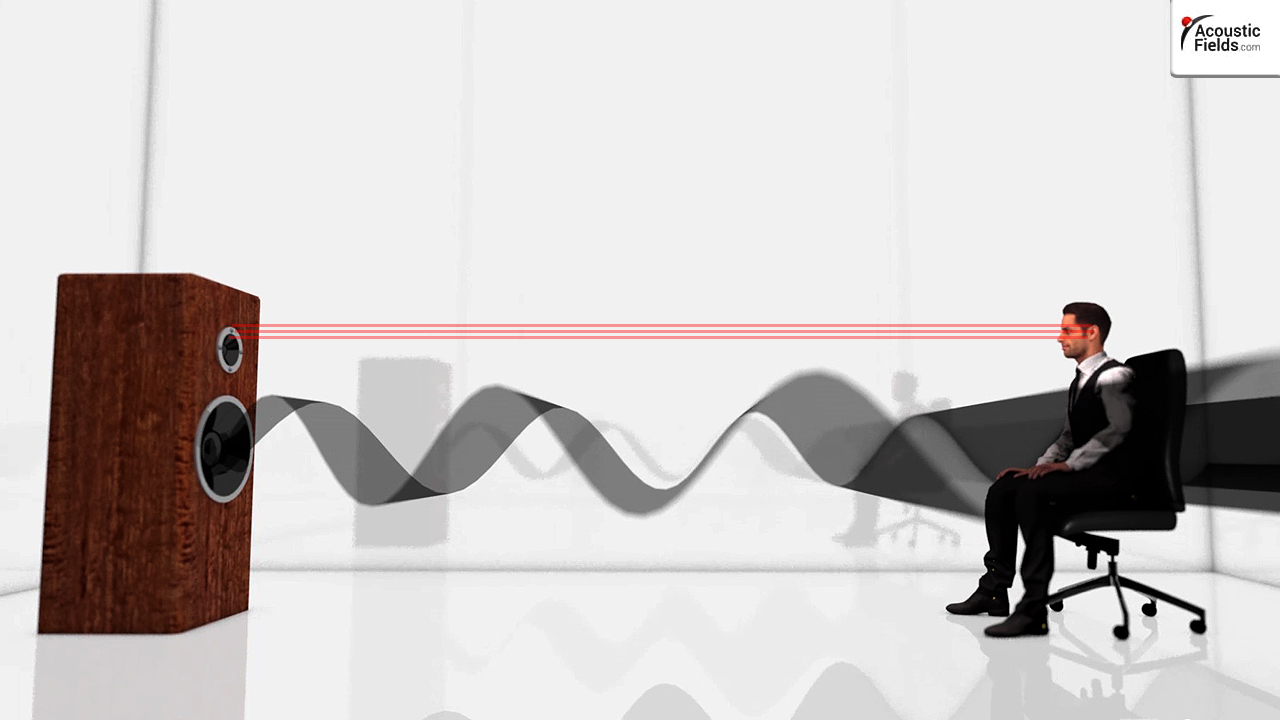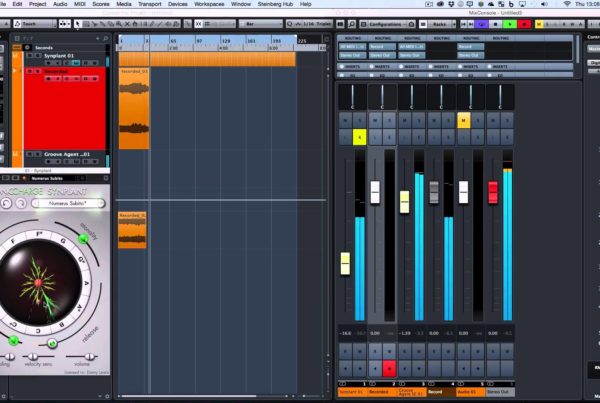If you want to study real blues guitar, from its roots, lose the pick and go back to finger style, says this back issue of GuitarPlayer Magazine. The roots of blues guitar stem from the need for some sort of instrumental accompaniment for the vocals. The fingerstyle greatly mimics the blues piano approach, by having the thumb handle the bass lines while the fingers chord or play lead lines.
Read the full article here:
Tracing the evolution of fingerstyle blues. Very cool.





